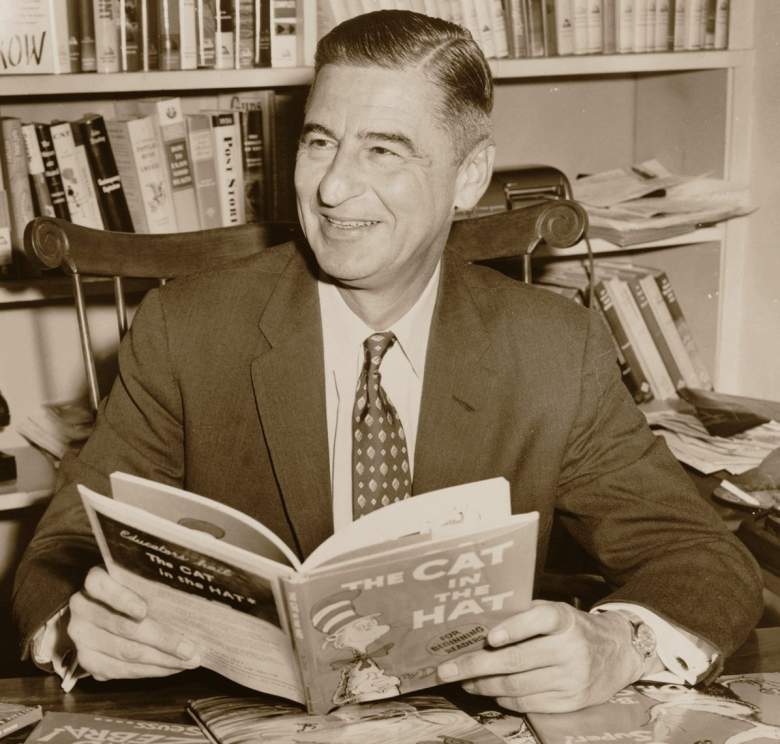
Wikimedia Commons. Theodor Geisel, better known as Dr. Seuss.
Today is the birthday of Theodor Geisel, better known as Dr. Seuss, who is one of the best-known and most-celebrated children’s authors of all time. During his lifetime and beyond, Dr. Seuss delighted, charmed and thrilled children with his colorful characters such as “Thing 1” and “Thing 2” from “The Cat in the Hat” to “Sam I Am” from “Green Eggs and Ham.” At the time, young readers may not have been aware of it, but they were learning how to read, count and identify colors. They were learning basic problem solving skills, and even the concept of rhyming.
Dr. Seuss delighted children and adults alike with his quirky, imaginative plots, lovable characters and enjoyable storylines. Some of his books even addressed conflict on a very basic level, such as in “The Butter Battle Book” and even environmental conservation in “The Lorax.”
While Dr. Seuss died in 1991, his legacy lives on, and his books are as popular as they always were, delighting children and teaching some very important, however basic, life lessons.
Here’s what you need to know about Theodor Geisel, better known as Dr. Seuss.
1. Geisel Gained National Attention When He Won An Advertising Campaign
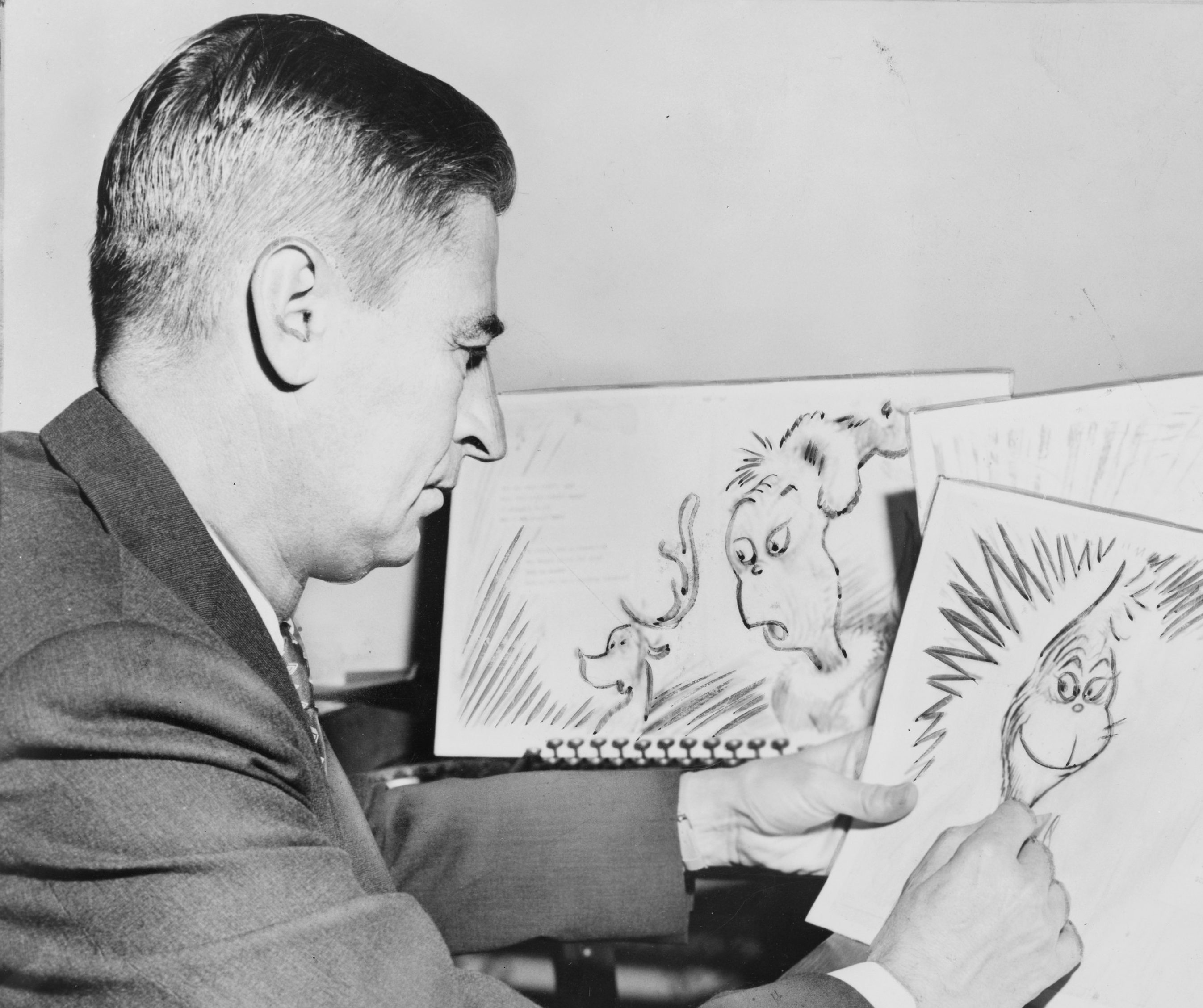
Wikimedia CommonsTheodor Geisel, Dr. Seuss.
On March 2, 1904, Theodor Seuss Geisel in Springfield, Massachusetts. He attended area schools in Springfield before deciding on Dartmouth in 1925. After completing his bachelor’s degree at Dartmouth, he went to Oxford and later the Sorbonne in pursuit of a doctorate in literature.
After graduating from Dartmouth College in 1925, he went to Oxford University, intending to earn an advanced degree in literature. While studying at Oxford, he met and fell in love with Helen Palmer. It is rumored that Helen was a classmate of Geisel’s, and she often teased him, complimenting him on a flying cow he was sketching. In 1927, Geisel made Helen his bride, and the two of them returned to the U.S. Geisel spent this time working as a cartoonist, and his drawings appeared in various magazines and newspapers.
Eventually, Geisel won a contest for the best advertising campaign for an insecticide, Flit. Geisel came up with “quick, Henry, the Flit!” which caught on quickly. People began to take notice of the creative and quirky Geisel who had a way with words and could come up with amusing sketches to match.
Geisel and Helen were on a pleasure cruise in 1936 when Geisel became inspired to write his first children’s book. The ship’s engine had a certain rhythm to it that helped Geisel develop the cadence to his famed “And to Think That I Saw It on Mulberry Street.”
Finding a publisher for his first book was far from easy. Geisel took his manuscript to 30 different publishers, each of whom rejected it. Undeterred, eventually, Geisel made his way to Vanguard Press, who decided to give him a chance. “And to Think That I Saw It on Mulberry Street” was finally published in 1937.
2. Geisel Began Writing Using His Pen Name, Dr. Seuss
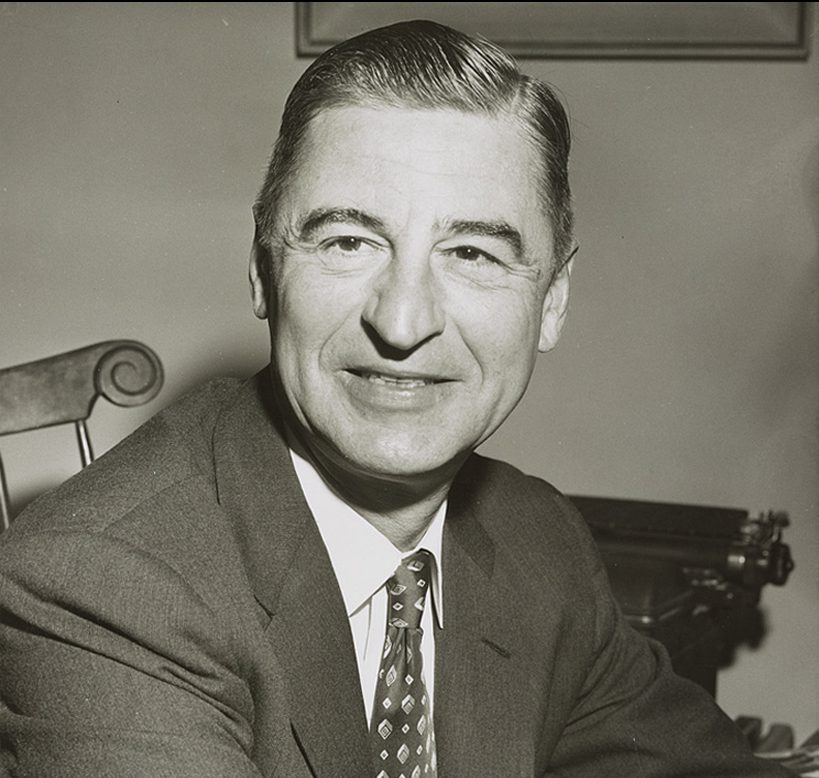
Wikimedia CommonsDr. Seuss
Geisel did attempt to write a few books for adults, but they were not well received. Geisel eventually stated that “adults are absolute children, and to hell with them.” Geisel decided to continue writing under his pen name, and focused on exclusively writing children’s books. Geisel respected children, enjoyed spending time with them, and loved writing books that would educate children and help them to understand simple life lessons.
Parents also enjoyed reading books written by the great Dr. Seuss; the characters are lively and funny, the rhyme scheme is enjoyable, the drawings are fun, and the endings are always satisfying. Geisel, as Dr. Seuss, made reading before bed an activity that both children and parents looked forward to.
Geisel was called into service during World War II, though not in the traditional sense. “During World War II, Geisel joined the Army and was sent to Hollywood where he wrote documentaries for the military. During this time, he also created a cartoon called Gerald McBoing-Boing which won him an Oscar,” explains the NEA.
3. Dr. Seuss Published The Cat in The Hat & The World Fell in Love
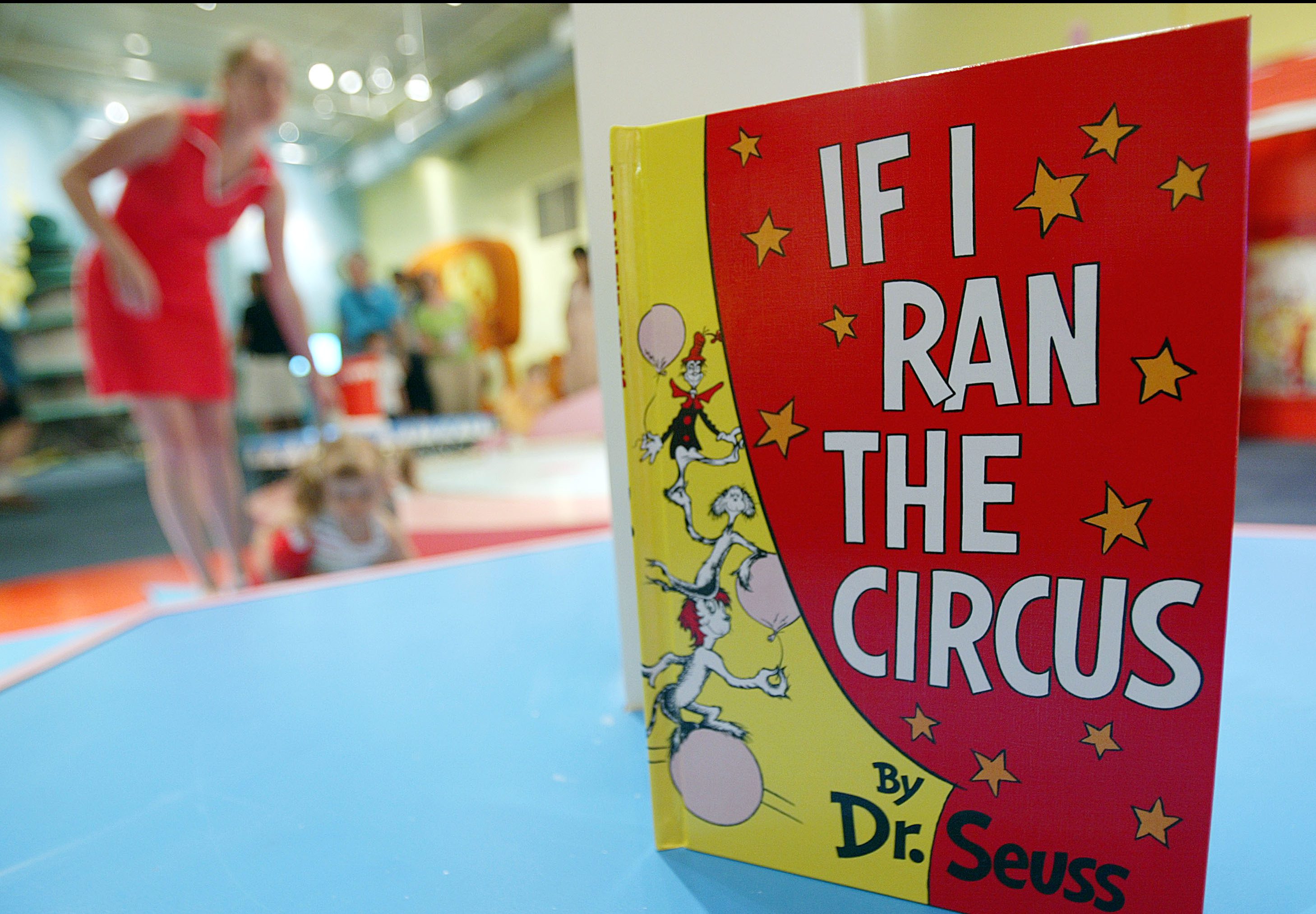
Getty Images“If I Ran The Circus”
“In May of 1954, Life published a report on illiteracy among schoolchildren, suggesting that children were having trouble reading because their books were boring. This problem inspired Geisel’s publisher, prompting him to send Geisel a list of 400 words he felt were important for children to learn. The publisher asked Geisel to cut the list to 250 words and use them to write an entertaining children’s book. Nine months later, Geisel, using 225 of the words given to him, published The Cat in the Hat, which brought instant success,” NEA explains.
Geisel took a challenging assignment and mastered it, and the outcome was one of the most beloved children’s books of all time.
Seussville describes “The Cat in the Hat” as follows:
“Join the Cat in the Hat as he makes learning to read a joy! It’s a rainy day and Dick and Sally can’t find anything to do . . . until the Cat in the Hat unexpectedly appears and turns their dreary afternoon into a fun-filled extravaganza! This beloved Beginner Book by Dr. Seuss, which also features timeless Dr. Seuss characters such as Fish and Thing 1 and Thing 2, is fun to read aloud and easy to read alone. Written using 236 different words that any first or second grader can read, it’s a fixture in home and school libraries and a favorite among parents, beginning readers, teachers, and librarians.
Originally created by Dr. Seuss, Beginner Books encourage children to read all by themselves, with simple words and illustrations that give clues to their meaning.”
4. Geisel Used “How The Grinch Stole Christmas” to Retell a Classic Tale
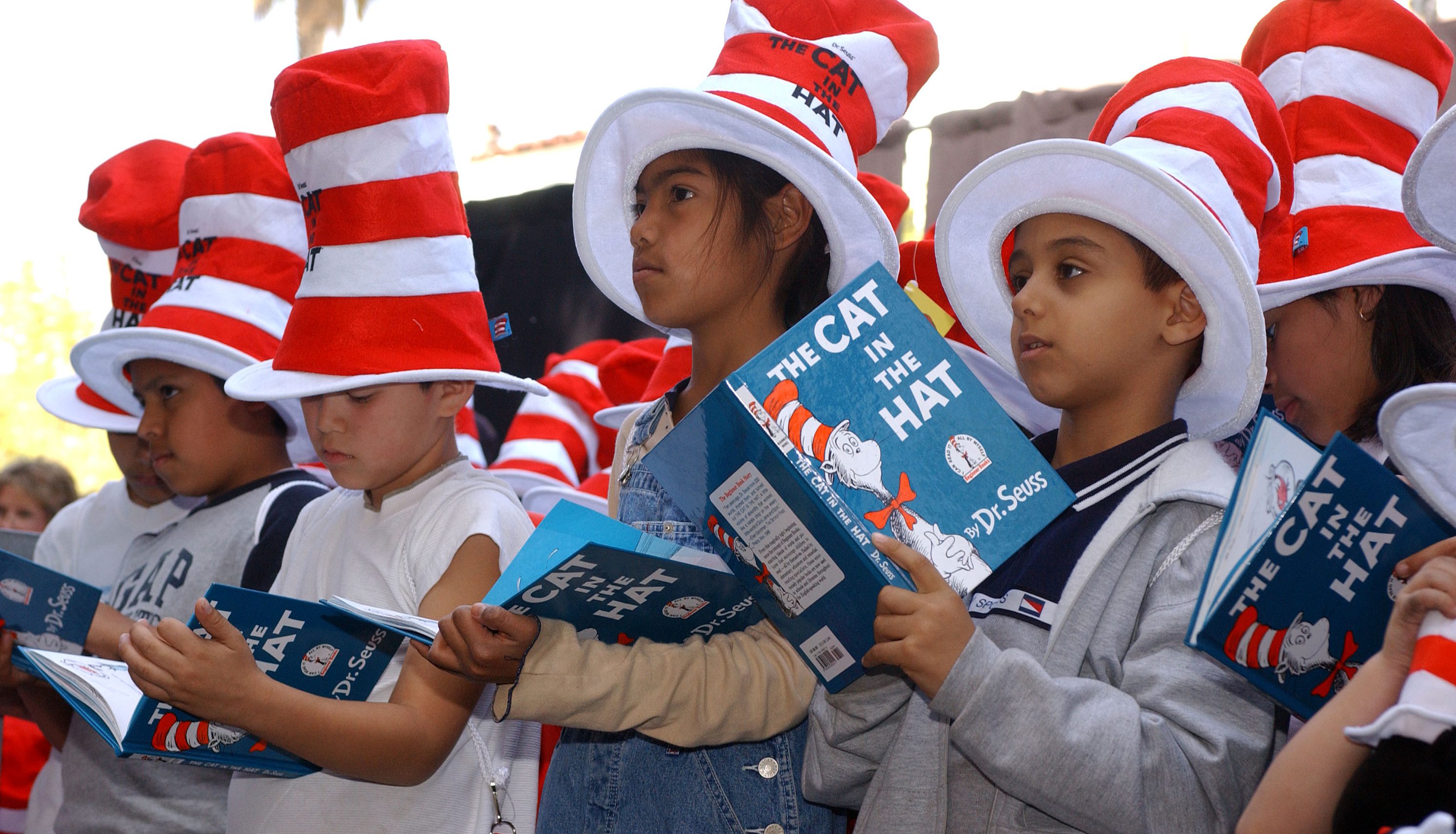
Getty ImagesA group reading “The Cat In The Hat”
In 1957, Geisel published one of his most famous books, “How The Grinch Stole Christmas.” Perhaps a take on the classic tale of Ebenezer Scrooge in Charles Dickens’ “A Christmas Carol,” a miserly grinch threatens to take away Christmas from the good, less fortunate people of the town. “How The Grinch Stole Christmas,” while still being a children’s book, addresses issues like poverty, generosity, the haves and have-nots. The villainous grinch is shown to even have a heart, which of course grows in size when the joy of Christmas is shared with him.
Through his books, Geisel teaches children much more than just how to read and count to ten. He teaches basic lessons about generosity, empathy and forgiveness, and the importance of being kind to others. He manages to do this while maintaining humor throughout, and always ends on a happy note, delighting young children.
Even in “Green Eggs And Ham,” Geisel serves up a lesson or two. Even if he’s simply trying to get picky eaters to give their least favorite foods a chance, he’s sending a positive message and gently pushing children in the right direction.
5. Geisel’s Influence is Still Felt Today in the Literary World & Beyond
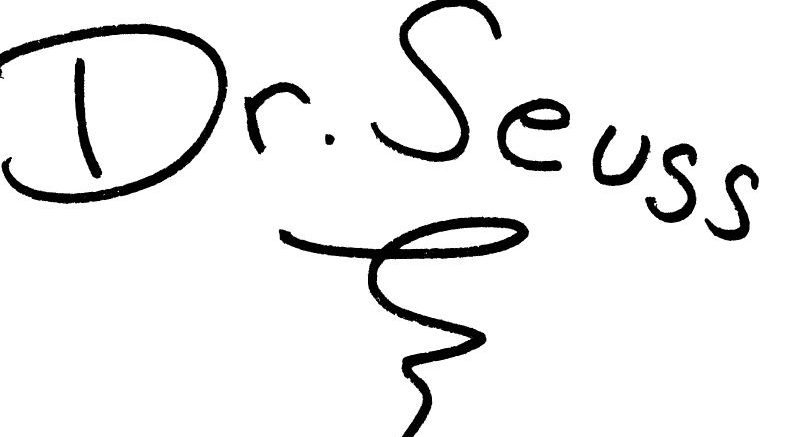
Wikimedia CommonsSignature of Dr. Seuss.
Geisel passed away in 1991, but the spirit of Dr. Seuss certainly lives on. His many award-winning children’s books continue to be high in circulation, some of them 60 years after they were originally printed. Several of his books have been adapted into films, including the beloved cartoon version of “The Grinch Who Stole Christmas,” the live action version that would come years later, the animated version of “The Lorax” and so forth.
Geisel, under his pen name of Dr. Seuss, finally got his rightful place on the Hollywood Walk of Fame. He has influenced Hollywood, yes, but he has also influenced millions of children across the world on a personal level. He taught us to read, to count, to love books, to overcome adversity, to be kind, to be generous and so forth.
While Geisel largely wrote for children, he left behind many words of inspiration for adults.
One of Geisel’s most celebrated quotes is as follows:
“I am weird, you are weird. Everyone in this world is weird. One day two people come together in mutual weirdness and fall in love.”